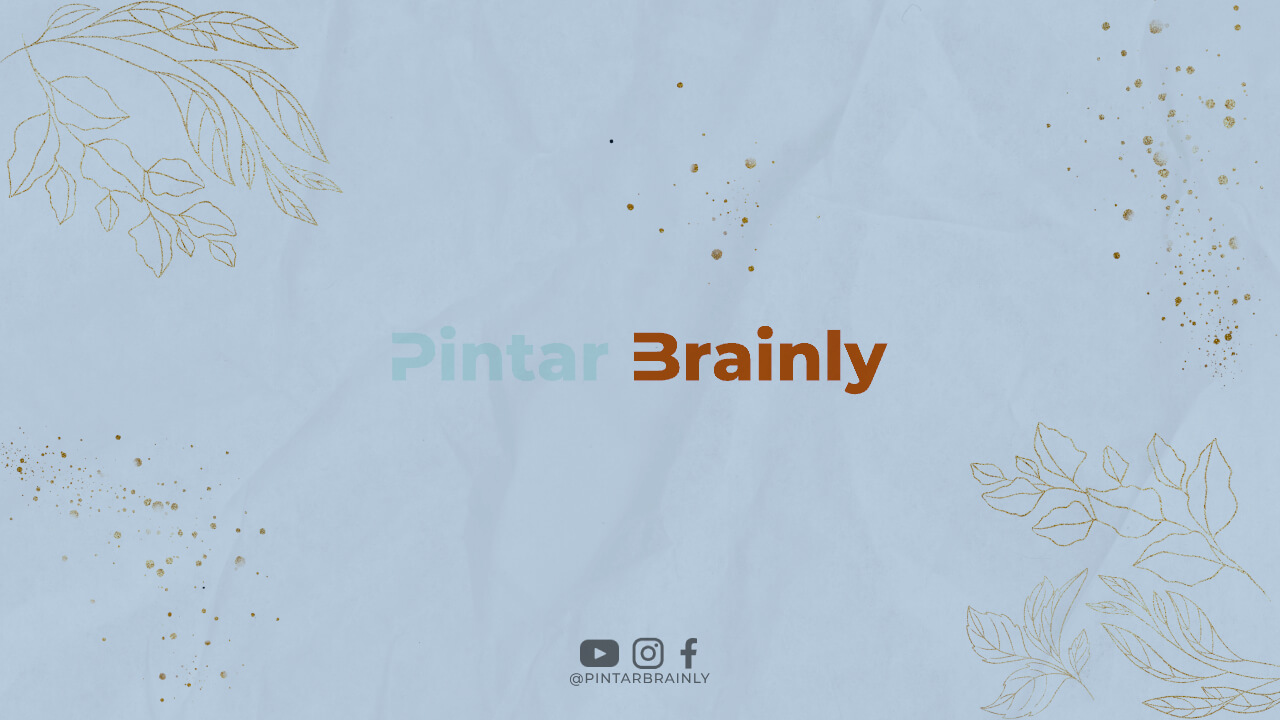Animal sexual reproduction is a process where two organisms of opposite sex come together to produce offspring. This process is necessary for the survival of species and the continuation of life. In this article, we will explore the different aspects of animal sexual reproduction and how it works.
Types of Reproduction
There are two types of reproduction: asexual and sexual. Asexual reproduction is the process where an organism produces offspring without the involvement of another organism. Sexual reproduction, on the other hand, involves the fusion of gametes from two different organisms.
Sexual reproduction is more common among animals, as it promotes genetic diversity and allows for the adaptation to different environments. It also helps in the prevention of genetic diseases and mutations.
The Male Reproductive System
The male reproductive system is responsible for the production and delivery of sperm. The system includes the testes, epididymis, vas deferens, ejaculatory ducts, urethra, and penis.
The testes are the primary reproductive organs in males, and they produce sperm and testosterone. The epididymis is a coiled tube that stores and transports sperm from the testes to the vas deferens. The vas deferens is a long tube that carries sperm from the epididymis to the ejaculatory ducts, which then empty into the urethra.
The urethra is a tube that carries semen and urine out of the body through the penis. During ejaculation, the muscles in the penis contract, forcing semen out of the body.
The Female Reproductive System
The female reproductive system is responsible for the production of eggs and the nurturing of offspring. The system includes the ovaries, fallopian tubes, uterus, cervix, and vagina.
The ovaries are the primary reproductive organs in females, and they produce eggs and hormones like estrogen and progesterone. The fallopian tubes are two tubes that transport eggs from the ovaries to the uterus. The uterus is a muscular organ that nurtures the developing embryo and fetus during pregnancy.
The cervix is the lower part of the uterus that connects it to the vagina. The vagina is a muscular canal that connects the cervix to the outside of the body.
The Process of Fertilization
Fertilization is the process where a sperm cell and an egg cell come together to form a zygote. The zygote then undergoes a series of cell divisions to form an embryo, which eventually develops into a fetus.
During sexual intercourse, sperm are deposited into the vagina and travel through the cervix and uterus to the fallopian tubes. If an egg is present in the fallopian tube, it may be fertilized by a sperm cell. The fertilized egg then travels to the uterus, where it implants into the uterine lining and begins to develop.
The Role of Hormones
Hormones play a crucial role in the process of sexual reproduction. Hormones like testosterone and estrogen are responsible for the development of sexual characteristics and the regulation of the menstrual cycle.
Testosterone is a male hormone that is responsible for the development of male sexual characteristics, such as the growth of facial hair and deepening of the voice. Estrogen is a female hormone that is responsible for the development of female sexual characteristics, such as breast development and the regulation of the menstrual cycle.
Contraception
Contraception is the use of methods to prevent pregnancy. There are several methods of contraception, including barrier methods like condoms and diaphragms, hormonal methods like birth control pills and patches, and intrauterine devices (IUDs).
It is essential to use contraception to prevent unwanted pregnancies and the spread of sexually transmitted infections (STIs).
Conclusion
Animal sexual reproduction is a complex process that involves the interaction of different organs and hormones. It is essential for the survival of species and the continuation of life. Understanding the process of sexual reproduction can help us appreciate the beauty and complexity of life on earth.
Whether we are studying the reproductive systems of animals or using contraception to prevent unwanted pregnancies, we are all part of the process of sexual reproduction. Let us continue to learn and explore this fascinating aspect of life.




